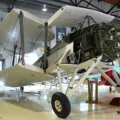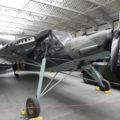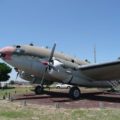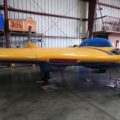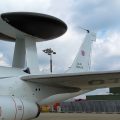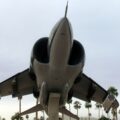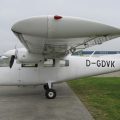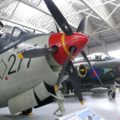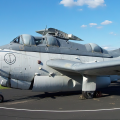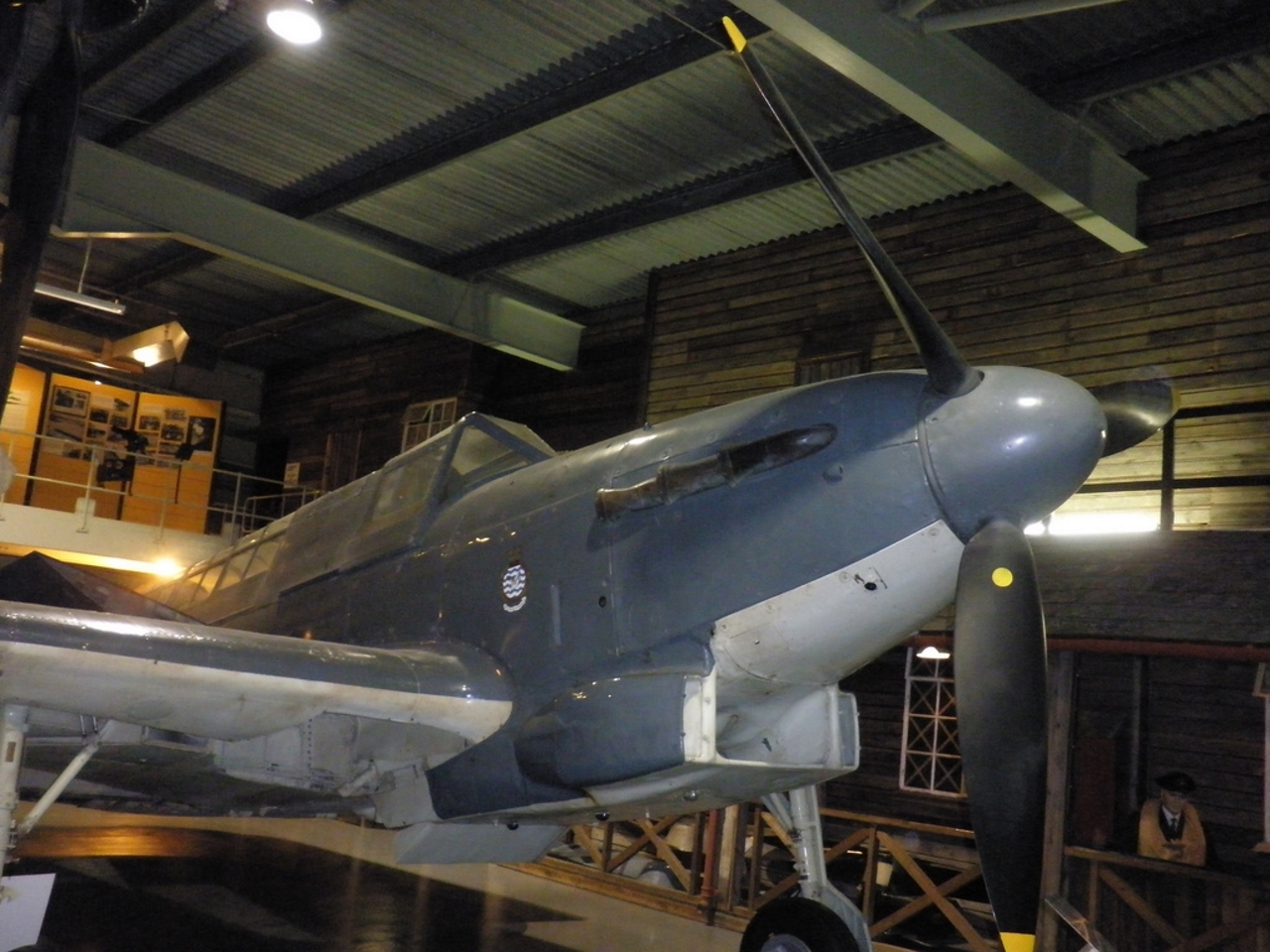
Fairey Fulmar Mk.I | |
| Maa | Iso |
| Tyyppi | Lentotukialusten hävittäjälentokoneet |
| Ensimmäinen lento | 4. tammikuuta 1940 |
| Rakennettu | 600 |
Valokuvagalleria Fairey Fulmar Mk.I, The Fairey Fulmar was a British carrier-borne fighter aircraft that served with the Fleet Air Arm (FAA) during the Second World War. A total of 600 were built by Fairey Aviation at its Stockport factory between January 1940 and December 1942. The Fulmar’s design was based on that of the earlier Fairey P.4/34 that was in turn developed in 1936 as a replacement for the Fairey Battle light bomber. Although its performance (like that of its Battle antecedent) was lacking, the Fulmar was a reliable, sturdy aircraft with long range and an effective armament of eight machine guns.
Lähde: Fairey Fulmar Mk.I Wikissä
| Fairey Fulmar Mk.I | |
|---|---|
| Valokuvaaja | Ondrej Skarka |
| Lokalisointi | Ei tietää |
| Valokuvat | 55 |
| Fairey Fulmar Mk.I | |
|---|---|
| Valokuvaaja | Unknow |
| Lokalisointi | Ei tietää |
| Valokuvat | 57 |
Katso myös:
Nniiden Keiju Fulmar oli brittiläinen lentotukialus tiedustelulentokone / hävittäjälentokone, joka palveli kuninkaallisen laivaston laivaston ilma-aseessa toisen maailmansodan aikana. Sen on kehittänyt ja valmistanut Fairey Aviation Company, joka perustuu Fairey P.4/34 kevyen pommikoneen suunnitteluun. Se nimettiin pohjoisen fulmarin, Brittein saarilta kotoisin olevan merilinnun mukaan.
Fulmar oli kaksipaikkainen yksitaso, jossa oli matala siipi ja sisäänvedettävä laskuteline. Sen voimanlähteenä oli yksi Rolls-Royce Merlin -moottori, jonka huippunopeus oli 438 km/h ja toimintasäde 1 255 km. Se oli aseistettu kahdeksalla 7,7 mm: n Browning -konekiväärillä siivissä ja joskus taaksepäin suunnatulla Vickers K -konekiväärillä puolustukseen. Se voisi myös kuljettaa kaksi 45 kg: n pommia tai yhden 110 kg: n pommin rungon alla.
Fulmar lensi ensimmäisen kerran 4. tammikuuta 1940 ja otettiin palvelukseen toukokuussa 1940. Sitä käytettiin tiedustelu-, saattaja- ja sieppaustehtäviin eri sotateattereilla, mukaan lukien Eurooppa, Pohjois -Afrikka ja Kaukoitä. Se osallistui useisiin merkittäviin toimiin, kuten saksalaisen Bismarckin taistelulaivan takaa-ajoon, Matapanin niemen taisteluun ja Maltan puolustukseen. Vaikka se oli luotettava, tukeva ja hyvin aseistettu, se oli myös hidas ja ohjaamaton verrattuna yksipaikkaisiin hävittäjiin, kuten Supermarine Spitfire ja Mitsubishi A6M Zero. Se korvattiin vähitellen kehittyneemmillä lentokoneilla, kuten Supermarine Seafire ja Grumman Martlet vuodesta 1942 lähtien. Viimeiset Fulmarit poistettiin etulinjan palveluksesta helmikuussa 1945.
Nniiden Keiju Fulmar oli tärkeä lentokone laivaston ilma-aseelle sodan alkuvuosina, jolloin sillä oli vain vähän muita nykyaikaisia hävittäjiä. Se osoittautui tehokkaaksi aiotussa roolissaan pitkän kantaman tiedustelu-/hävittäjälentokoneena, mutta se kärsi myös rajoituksistaan merivoimien pommikoneena. Vuosina 1940–1943 rakennettiin yhteensä 600 Fulmaria.
Views : 4269


